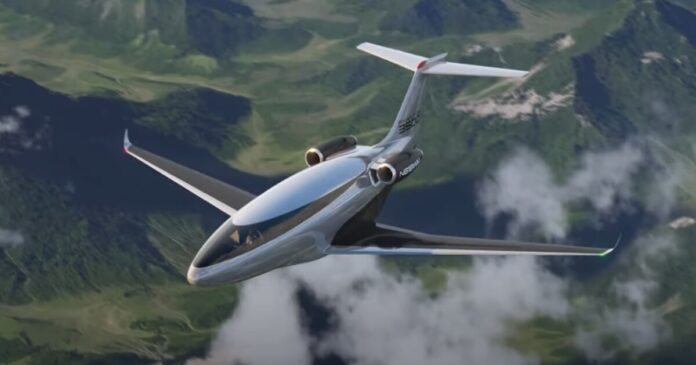Introduction to Windowless Flight
Who needs windows when you can have super-efficient transonic passenger flight? That seems to be the reasoning behind the development of the Phantom 3500 jet aircraft, which dumps traditional portholes in favor of super-laminar flow to lose weight and burn less fuel. This innovative design choice is based on the idea that the ideal aircraft fuselage should be a seamless cylinder, without the weaknesses and inefficiencies introduced by windows.
The Problem with Windows
Ask an aerospace engineer about windows on an aircraft, and you’ll likely get a strong reaction. Engineers don’t like windows because they compromise the structural integrity of the hull, create weak spots where stresses can concentrate, add weight, and reduce fuel efficiency. Furthermore, windows disrupt the flow of air over the skin of the aircraft, increasing drag. All these drawbacks are endured simply to provide passengers with a view, which might seem like a necessary compromise to prevent claustrophobia.
The Phantom 3500 Solution
The Phantom 3500, based on flight tests by Otto’s Celera 500L prop-driven prototype and Dassault Systèmes’ 3DEXPERIENCE platform, hopes to achieve an initial increase in fuel efficiency of 35% through sustained laminar flow. This is achieved by configuring the hull so that air flows over the wings, fuselage, and tail in smooth, parallel layers, minimizing friction and drag. If successful, especially at transonic speeds between Mach 0.8 to Mach 1.2, this design could result in reduced drag, improved fuel efficiency, extended range, higher speeds, lighter engines and structural framing, and a smoother ride.
Advanced Materials and Design
The Phantom 3500 utilizes advanced carbon-fiber materials to create seamless surfaces on the fuselage, minimizing friction and pushing the boundaries of efficiency. By removing windows, the aircraft achieves a smooth, polished hull that is close to the optimum shape for transonic laminar flow. The cockpit is the only part of the aircraft where occupants can directly look out, but this compromise is made up for by the unique interior design.
Passenger Experience
The cabin of the Phantom 3500 is designed to provide passengers with an immersive experience, featuring seamless, high-definition digital screens on the port, starboard, and even the ceiling. This setup offers a view that surpasses what traditional portholes can provide, potentially replacing claustrophobia with a new kind of flying experience. The luxurious 800 ft³ (22.65 m³) cabin is designed to accommodate four or more passengers, offering a unique blend of comfort and technology.
Performance and Specifications
The twin-engined Phantom 3500 is projected to have a passenger range of 3,200 nautical miles (3,682 miles, 5,926 km) and a cruise altitude of 51,000 ft (15,545 m). The targeted costs are estimated to be 50% below those of comparable aircraft, with potential future fuel efficiencies possibly hitting 50% and emissions cut by 80%. Additionally, its short, wide wings allow it to operate on airfields with runways of less than 3,500 ft (1,067 m), and it’s claimed to reduce the creation of contrails.
Expert Insights and Future Developments
Mark Moore, Chief Executive Officer at Whisper Aero, commented on the significant design changes from the Celera prototype to the Phantom 3500, including the shift from a high aspect ratio and high wing loading to a lower aspect ratio and low wing loading, and from a wake ingestion propeller to isolated turbofans. Moore expressed interest in seeing the analysis and papers that led to these design decisions, acknowledging the great work done on laminar flow aircraft, such as the Bellanca Skyrocket II at NASA Langley. The Phantom 3500 is expected to enter service by 2030, promising a new era in efficient and sustainable flight.
Conclusion
The Phantom 3500 represents a bold step towards revolutionizing passenger flight with its windowless design and focus on super-laminar flow. By addressing the inefficiencies associated with traditional aircraft windows, this innovative aircraft aims to significantly reduce fuel consumption, lower emissions, and provide a unique passenger experience. As the aviation industry continues to evolve towards more sustainable and efficient solutions, the Phantom 3500 stands out as a pioneering effort that could shape the future of flight.

